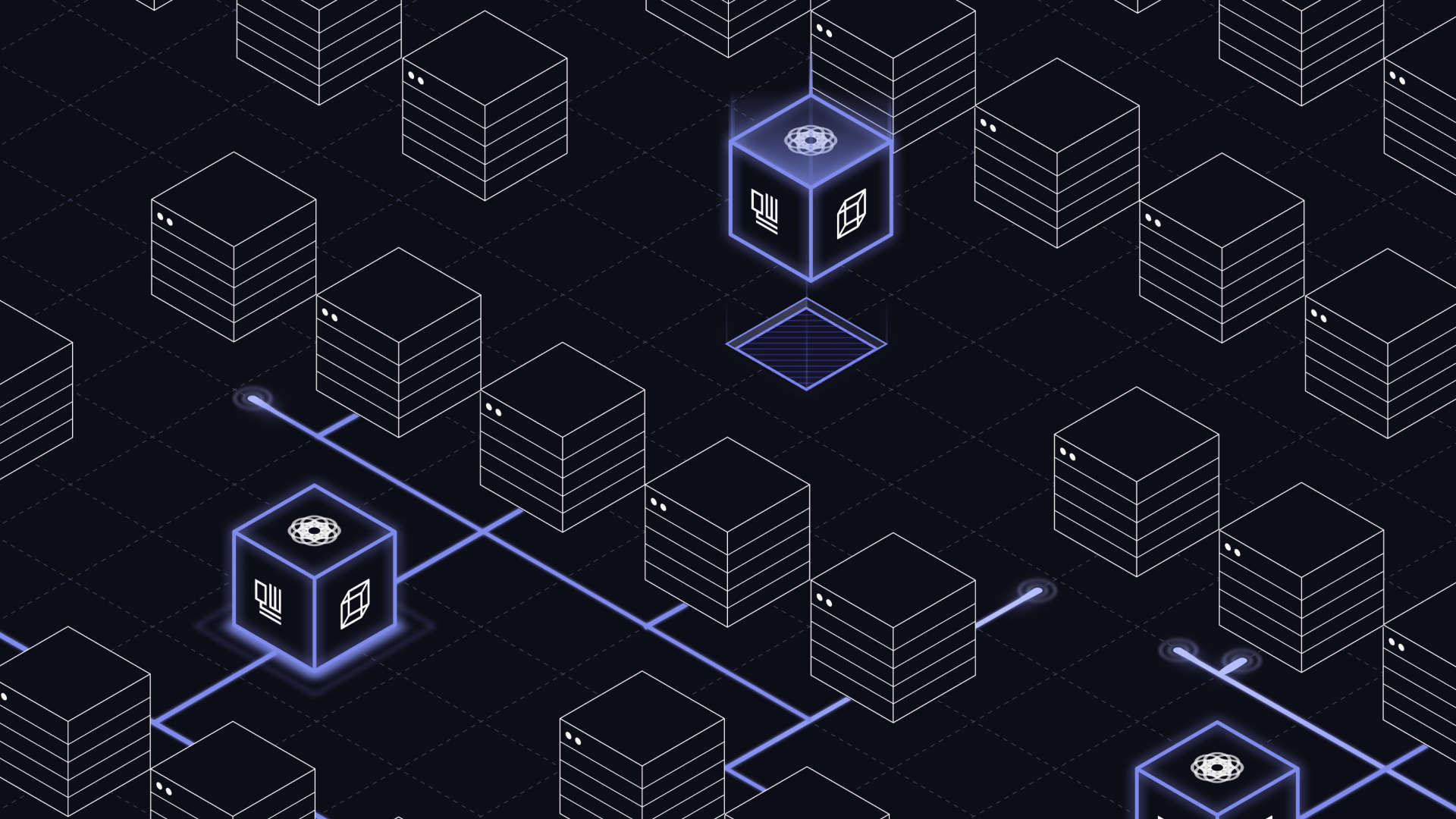Smashing through difficult pathways

Small start-ups like ours rely on brilliant hires. Few come more brilliant than Claire Edmunds, one of our Quantum Control Engineers. Claire can often be found in the lab or in one of our quiet rooms staring at walls of algebra written across whiteboards and glass, looking for a stray negative sign ... 'I find it very therapeutic,' Claire said.
Bridging the gap between theory and experiment

"I see difficult pathways as challenges that I'm going to smash." That's the attitude of Q-CTRL Quantum Control Engineer, Claire Edmunds.
At senior high school in Sydney she was one of two girls in a physics stream of 70. She wasn't daunted, but saw it as a challenge to try to come first. She came ninth.
"I peaked at University," she said, laughing. Now finishing off her PhD at the University of Sydney under the supervision of Q-CTRL founder and CEO, Professor Michael Biercuk, Claire did 'beat all the boys' in third- and fourth-year physics, topping the year both times and winning the University Medal.
I sat down with Claire in Q-CTRL's offices at the University of Sydney Nanoscience Hub to find out what drives her and how she explains her work to her friends and family.
"Even for someone that has little knowledge about science you can still explain what we are doing: making quantum computers better. That's exactly what we are doing," she said.
Claire is passionate about her science and is equally passionate about scientific outreach.
"I was at Science Meets Parliament in [Australia's capital] Canberra this year. I met people like Senator Zed Seselja, the assistant minister for science, and I got to explain how amazing quantum computing is.
"I try to inspire the passion I have in other people - but I also try to put it in context. The sorts of things we are going to be able to do with quantum computers are really powerful: like modelling protein folding in the body or accelerating the process of drug development."
Claire works with the Quantum Control Engineering team at Q-CTRL alongside Dr Michael Hush and Dr Harrison Ball. That team has developed a general approach to calculating and optimizing filter functions for single- or multi-qubit gates. That's all about keeping things quiet in your quantum system.
"I'm basically a customer for Q-CTRL," she said, speaking of her role as a PhD student. "The solutions we are working on are for the sorts of problems I encounter every day in the lab. If I want to optimize certain gates [quantum logic operations], at the moment I'm often writing code by hand and that's pretty clunky. And I think 'If only I had some professional quality software...'. Well Q-CTRL can provide those sorts of solutions."
Claire's research looks at how dynamically corrected gates can be used to suppress errors due to laboratory noise in single-qubit operations and multi-qubit "Molmer-Sorensen" entangling gates. Put more simply, it's learning how different noise affects different operations via experiments, diagnosing the effect, and then trying to minimize its influences.
"The work I've done in error characterization using trapped ions, learning what errors affect your experiment, is totally transferable to other systems," she said. Using standard techniques like randomized benchmarking she showed how new information about the statistical properties of errors could be derived. From there she uses specially engineered microwave pulses to minimize errors and even change their characteristics in order to make them more compatible with quantum computing.
"My experimental work uses trapped-ion gates, but what's interesting is that there are superconducting qubit groups that are trying to directly use gates similar to the Molmer-Sorensen interaction for their systems. So everything we are working on here will be directly transferable to them, which is really cool."
Solving problems
Claire said she was surprised by how much she took to the lab work after nearly quitting physics in first year because she felt the teaching labs were overly constrained; where everything felt like a chore.
In third year she took Professor Biercuk's quantum physics course and was handed practical problems that were open-ended and focused on real-world challenges.
"I really enjoy problem-solving. Every time something goes wrong I can look at everything in a chain that might be a problem and go through them," she said.
"Mike said to me: 'You've got 10 weeks; here's a problem we need solving.' Which was basically a coding problem in field programmable gate arrays. My solution was then directly used in the lab by PhD students.
"It's very motivating to see that what you're slaving-away on is actually useful."
Claire said she found her niche: trying to bridge theory and experiment, taking some quite high-level abstract theory and putting that into the lab.
"Of course, the first time you do it, it never works," she said. "But it's that link [between theory and experiment that] I enjoy – it's still very mathematical but it is something that I can only do because of my experience in the lab.
"For me, that's where all the quantum technology comes in to play and why I'm so excited about what we do with Q-CTRL."
Teamwork and family
Claire says that the teamwork she has learnt in the lab is carrying over into her work at Q-CTRL.
"In a company this size you're relying on each other. And we all know what we are working on. So if you have a problem you can say what it is and someone might say 'Oh I had that problem last week and I can fix that'," she said.
"It's great that everyone is always so available to give their time and help each other. There is a really good group dynamic."
Support is something Claire has found invaluable from her family as well.
"We're very supportive of each other and all quite scientific."
"My family is a pretty odd bunch. Both my parents are doctors and then we have a nun, a chef, a hairdresser-turned-lawyer, my brother in school and me, a quantum physicist."
How do people react socially when she says what she does? "With terror. So I work my way up to quantum physicist. You learn how to describe your work depending on who you're talking to."
Women in science
While Claire said she wasn't daunted being one of two girls in a school physics stream of 70, she recognises the challenges faced by women in science.
"I've always been one of the only women in a room," she said. "Mostly I'm not bothered but it does cross your mind.
"The times I've been most aware of it is at conferences. At the APS [American Physical Society] March meeting in Los Angeles this year there were times I was in a sea of people and I couldn't see a single woman."
Claire is passionate about support for women and girls in science.
"It's been very encouraging to be part of a diverse team in both our lab group and Q-CTRL. It really is a reminder that strong teams are made up of people from a range of backgrounds, and that the emerging field of quantum technology is going to be led by brilliant people of all identities."
"I'm very involved with a lot of the gender initiatives in science: I'm on the EQuS [ARC Centre of Excellence for Engineered Quantum Systems] equity committee and involved here at Sydney with SAGE events.
"I take a strong interest in systemic issues: ensuring women have a path out of postgraduate education. But I also do a lot of outreach with girls in high school and primary school."
Claire says that it's great if there are high-profile women in science but emphasises there needs to be support for women at all levels.
"It's hard for a year 12 girl to see a pathway to being a female professor when there is no one in between," she said. "And for male students it's important, too. It has to be normalized that brilliance isn't a male trait."



